This post may contain affiliate links. Please read our privacy policy.
When it comes to baking, sugar is one of the most important ingredients we use. But do you really know the difference between all of the types of sugar?
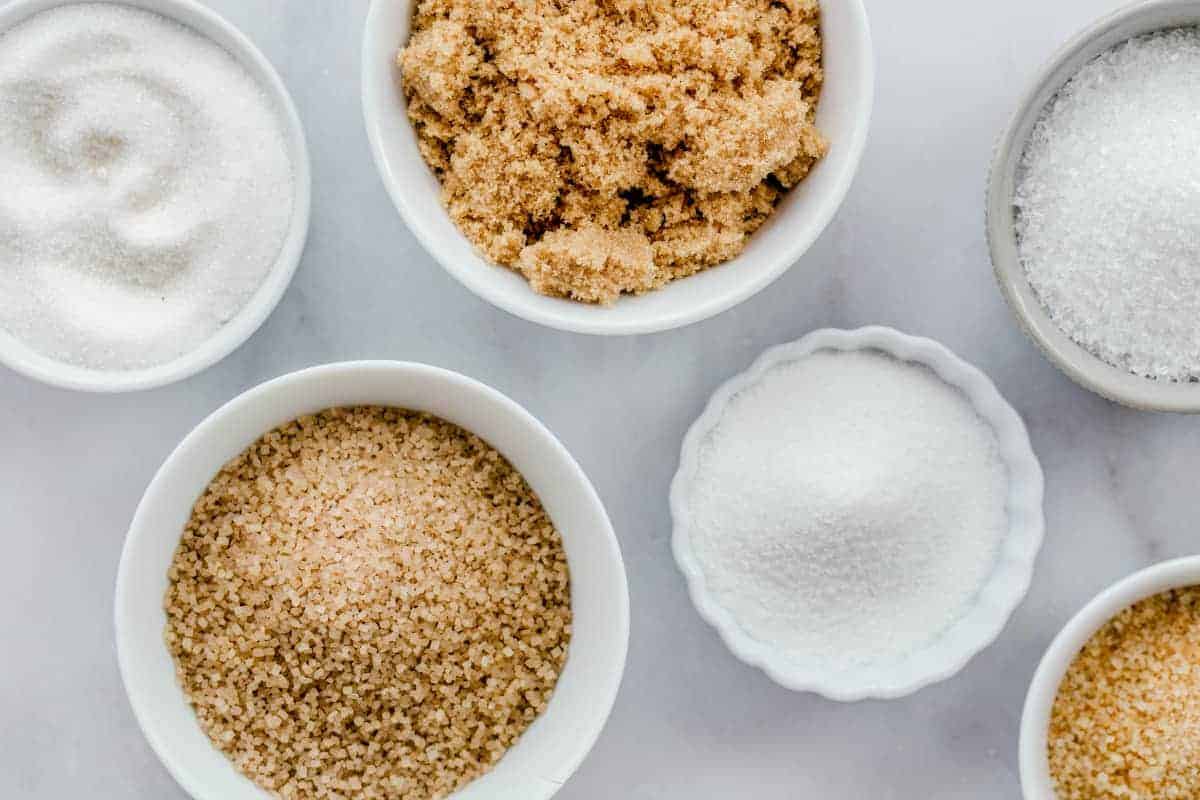
Sugar is an integral part of the baking that we do day to day.
Of course, the sweetness it provides to things like cookies and cakes is obvious. In breads and rolls, however, it feeds the yeast that makes for a beautiful rise.
For most people, the first thing that comes to mind when hearing the word sugar is white, granulated sugar. It’s the type that America uses most often for baking and sweetening our morning cup of coffee.
However, the more often you bake, the more different types of sugar you may come across.
In an effort to expand my own baking horizons, I thought we should discuss the types of sugar that are available for all of our baking needs. Are you ready to talk sugar?
WHAT IS GRANULATED SUGAR?
Granulated sugar is also sometimes known as white sugar, or “regular” sugar.
Granulated sugar has had all of the naturally present molasses refined out of it. It is the sugar that is most commonly used in baking.
The fine crystals in granulated sugar don’t cake together, which makes it perfect for measuring, sprinkling onto food and dissolving into drinks.
Granulated sugar is what I use in most of my recipes, including The Best Chocolate Cake recipe.
IS CONFECTIONERS’ SUGAR THE SAME AS POWDERED SUGAR?
New bakers often get confused when they see the words “powdered sugar” and “confectioners’ sugar” used interchangeably. But this is because confectioners’ sugar and powdered sugar are the same thing!
Powdered or confectioners’ sugar is granulated sugar that has been finely ground and mixed with a small amount of cornstarch to prevent caking.
This is the sugar we commonly use for frostings, glazes, and that snowy covering on doughnuts that no doubt is all over your face and hands with the first bite.
Puppy Chow is a recipe that famously uses confectioners’ sugar for that beautiful white coating.
WHAT IS ICING SUGAR?
Icing sugar is simply another name for powdered sugar or confectioners’ sugar.
While it is a less common name here in the U.S., it makes sense since icing, powdered or confectioners’ sugar is so perfect for making icings, frostings and fillings, such as the filling in my Homemade Oatmeal Cream Pie recipe.
WHAT IS COARSE SUGAR?
As you can tell from its name, coarse sugar has much larger crystals than regular white sugar.
The larger size of the crystals (about the size of pretzel salt) makes the sugar stronger and more resistant to heat. This type of sugar also helps to give baked goods or candy a little texture.
Coarse sugar is used mainly for decorating and comes in a rainbow of colors. Because of this, it is sometimes called decorating sugar.
I like topping my Cherry Hand Pies recipe with coarse sugar for a little texture and added sweetness.
WHAT IS SANDING SUGAR?
Sanding sugar is another large-crystal sugar. It is between white granulated and coarse sugar in size.
Sanding sugar is another decorating sugar and comes in many colors. It also reflects light and gives of a sparkly shine. And, who doesn’t love their baked goods sparkly?
Sanding sugar is a great addition to any DIY Cookie Decorating Station.
WHAT IS BROWN SUGAR?
Brown sugar is white sugar that has had cane molasses added to it.
Brown sugar can harden if left open to the air, so it is best stored in an airtight container. If your brown sugar has hardened, you can microwave it for a few seconds, or place a piece of bread in the bag and leave it for a day.
DIFFERENCE BETWEEN LIGHT AND DARK BROWN SUGAR
When you go to the store, you’ll see two types of brown sugar: light brown sugar and dark brown sugar.
These names – light or dark – refer to the amount of molasses that is present in the sugar.
Light brown sugar is what is used more often in baking, sauces and, glazes. I prefer light brown sugar in my favorite Peanut Butter Blossoms recipe.
Dark brown sugar, because of the rich molasses flavor, is used in richer foods, like gingerbread. Try dark brown sugar in Savory Sweet Life’s Chocolate Chip Cookies.
HOW TO MAKE BROWN SUGAR
If you’re out of brown sugar, it is easy to make at home in a pinch. All you need to know how to make brown sugar is:
1 pound granulated sugar
3 ounces molasses, by weight
Make sure everything is incorporated thoroughly in a food processor, and you can store it for up to a month!
WHAT IS SUPERFINE SUGAR?
Superfine sugar is also sometimes called ultrafine sugar, bar sugar or caster sugar.
These sugars have the smallest crystal size of white granulated sugar.
Superfine sugar is generally used in making delicate or smooth desserts such as mousse, meringues or puddings. It also is great for sweetening cold beverages because it doesn’t need heat to dissolve.
WHAT IS TURBINADO SUGAR?
Turbinado sugar is raw sugar that has only had the surface molasses washed off. It is light in color, usually has a large crystal, and is slightly lower in calories than white sugar due to the moisture content.
Turbinado sugar is mainly used in sweetening beverages, but can also be used in baking.
WHAT IS MUSCOVADO SUGAR?
Muscovado sugar, also known as Barbados sugar, is a type of British brown sugar.
Muscovado sugar is very dark brown in color and has more molasses than light or dark brown sugar. The sugar crystals are a little larger than regular brown sugar and the texture is stickier.
Muscovado sugar is used in sweets with rich flavors such as gingerbread, coffee cake, and fudge.
WHAT IS DEMERARA SUGAR?
Demerara sugar is another type of sugar that is very popular in England. In the U.S., the most comparable sugar is turbinado sugar – because they are both “raw”.
Demerara sugar is a large-grained, crunchy sugar that hasn’t had all of the molasses refined out.
Demerara sugar is great in tea, coffee, dissolved into hot cereals or sprinkled onto baked goods.
While you might feel like you just took a class on the types of sugar, who couldn’t use a little extra knowledge about such an important ingredient? Now it’s time to make sure you are stocked up and ready to bake!
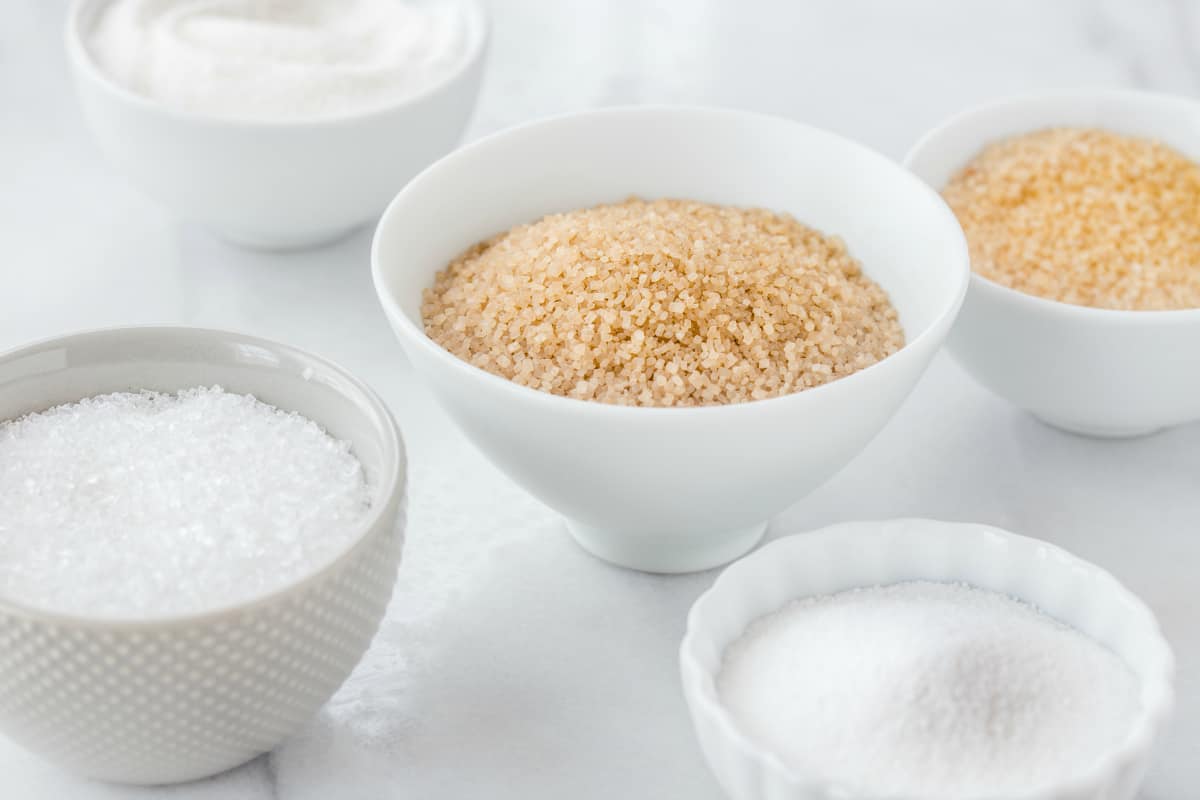
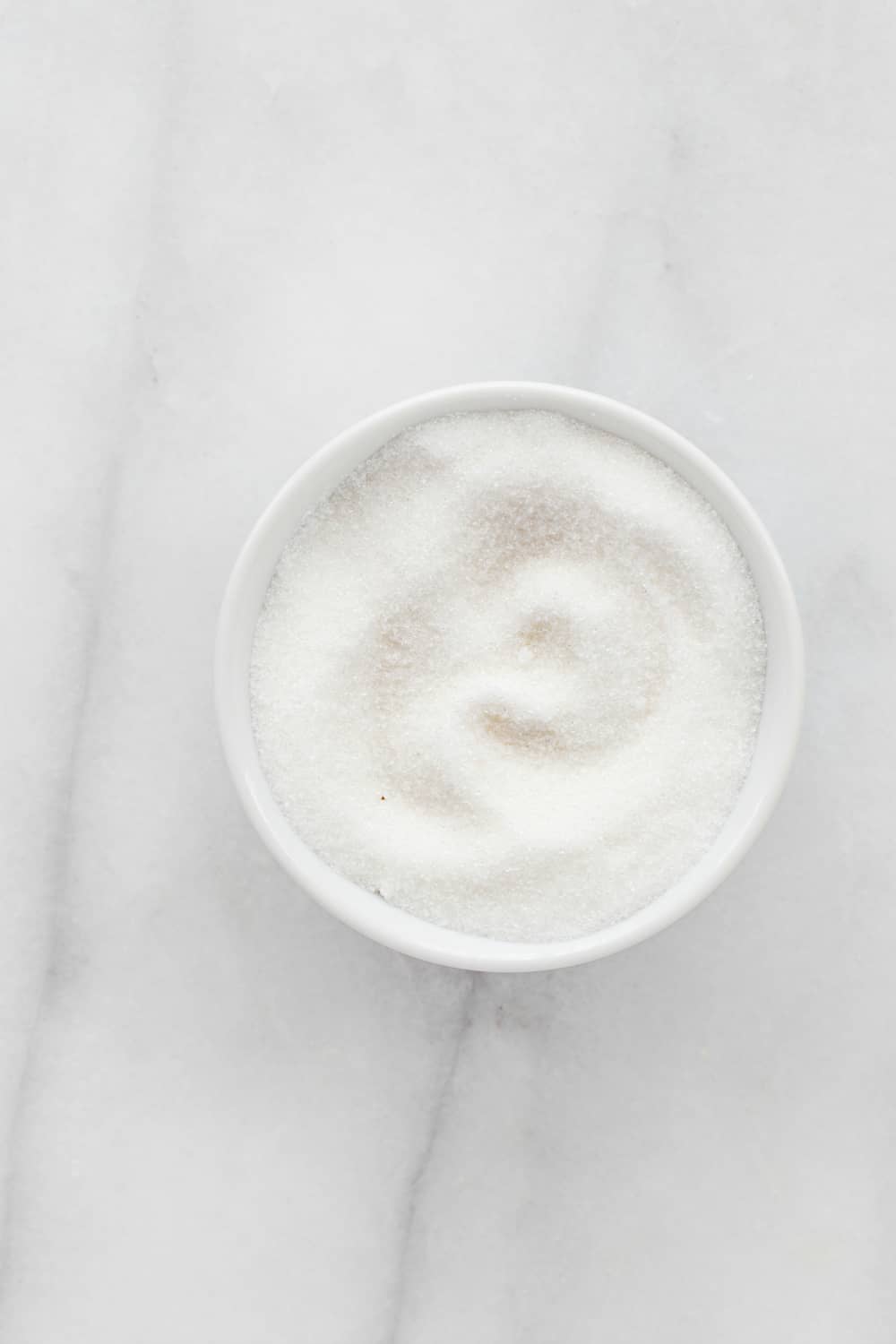
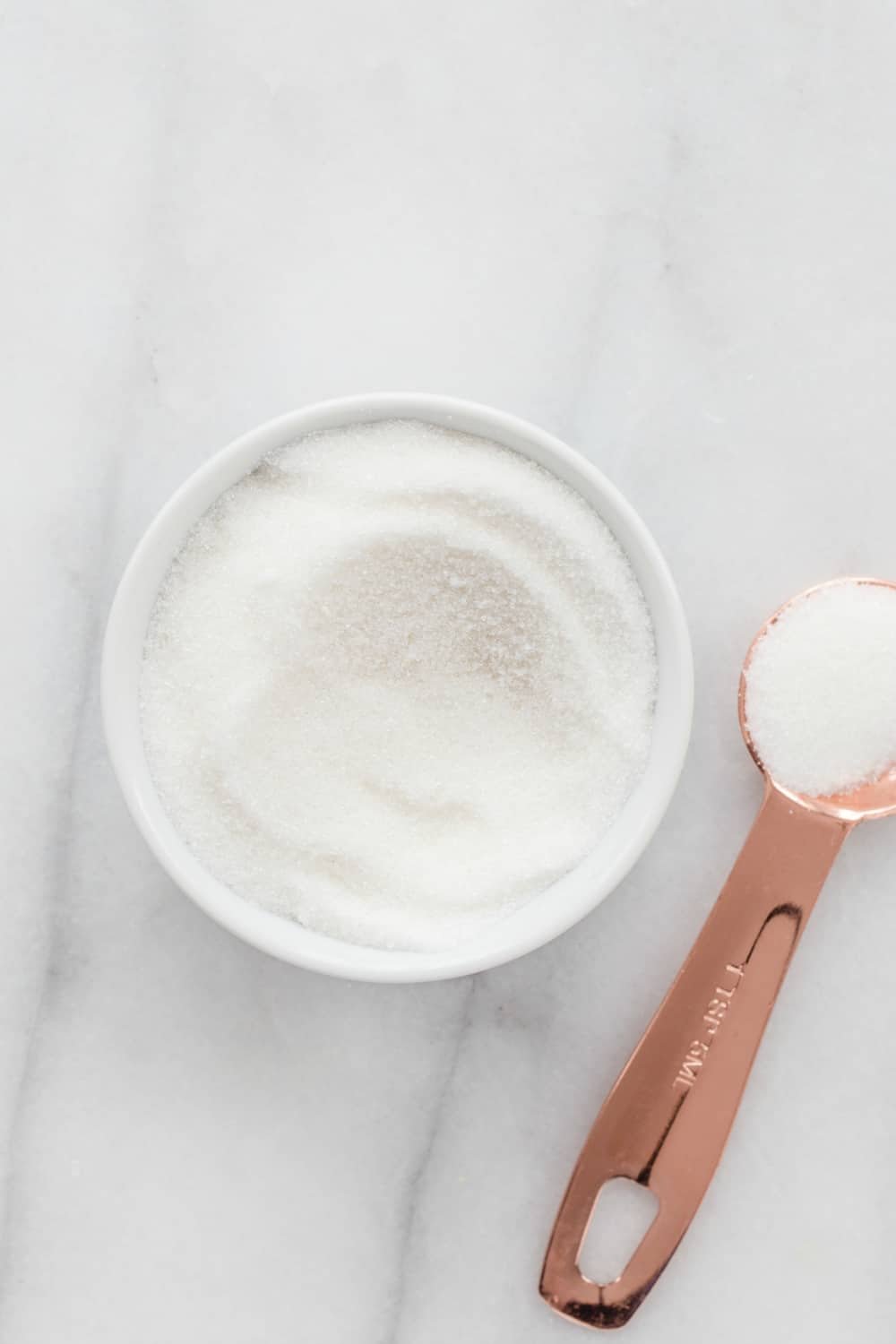
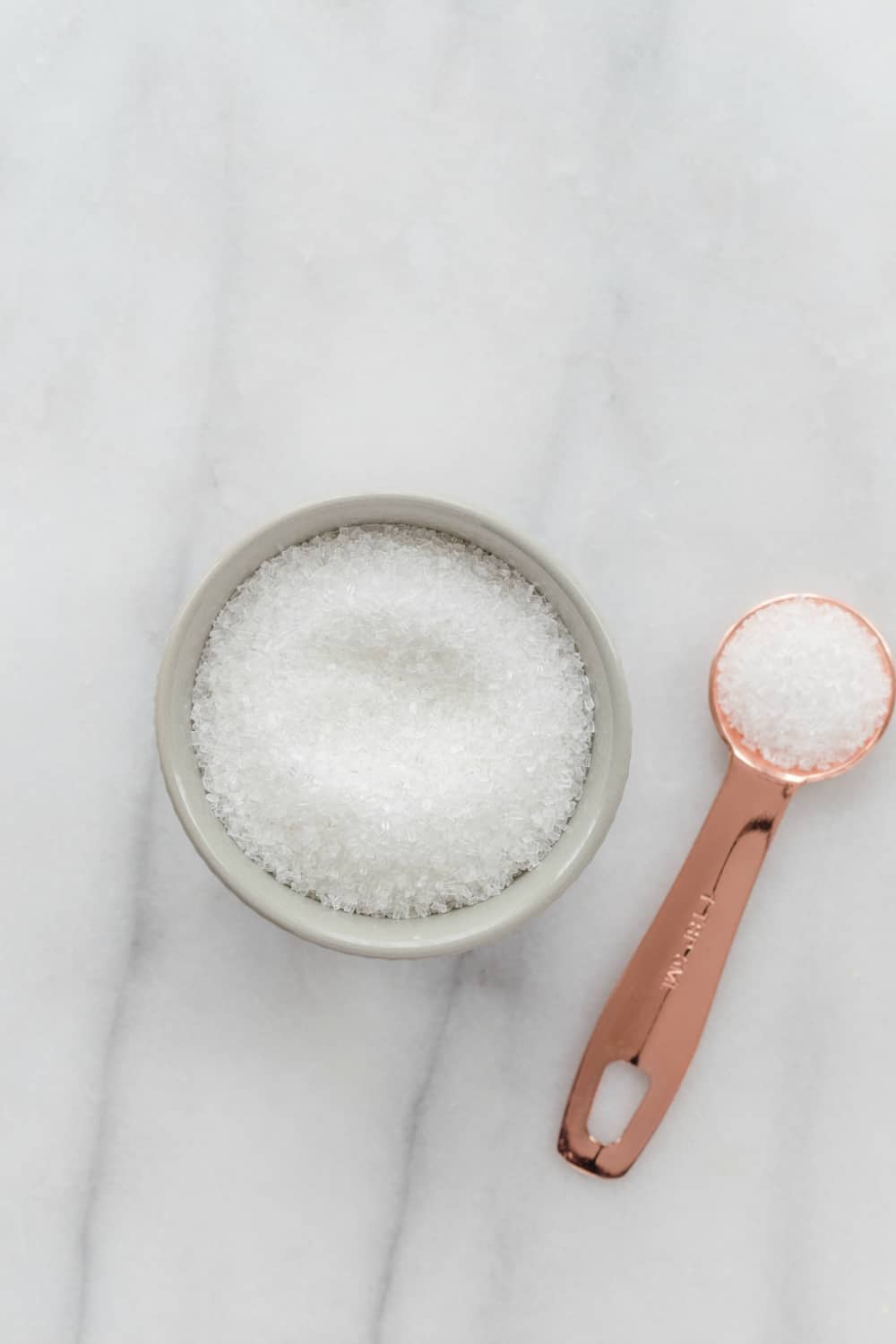
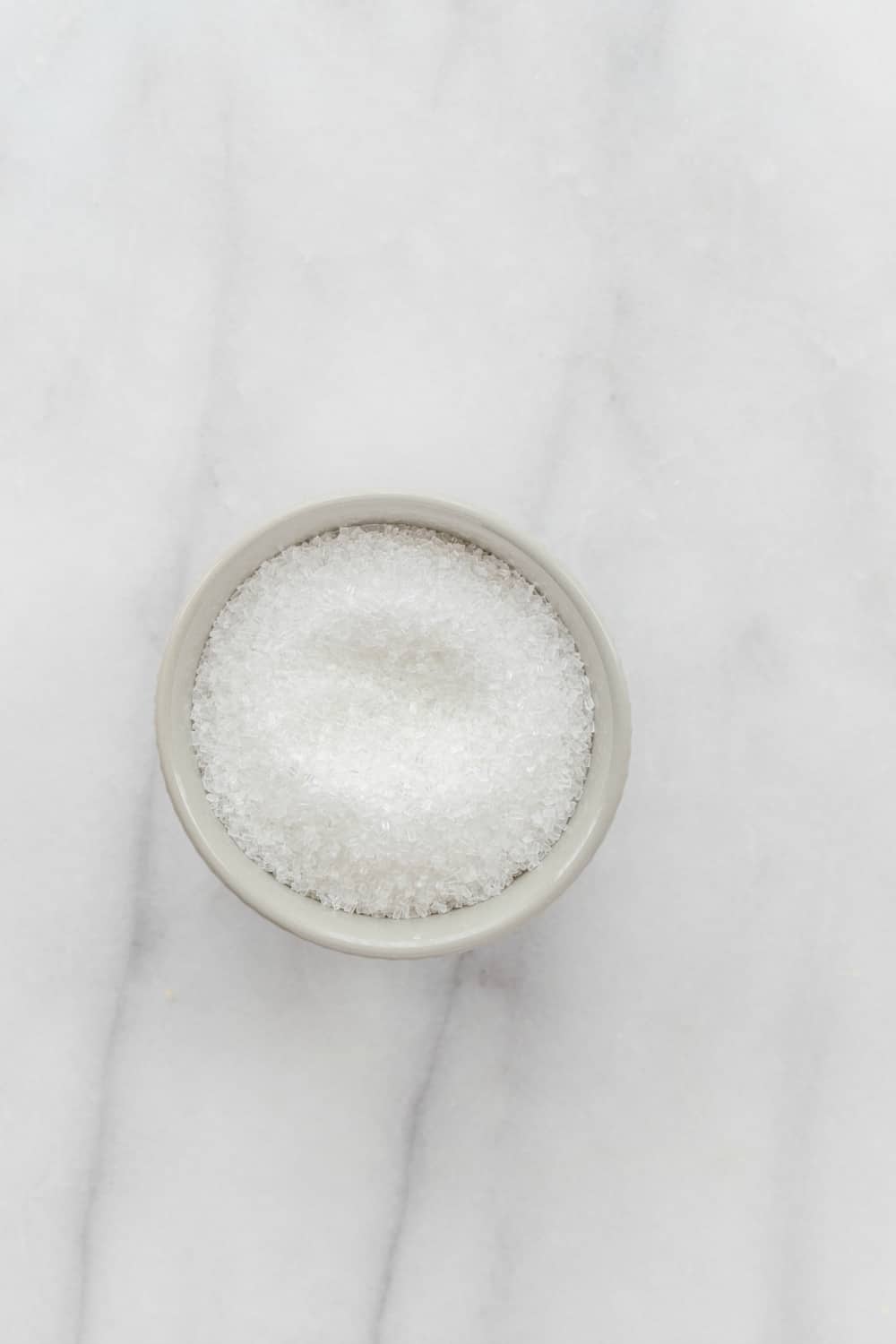
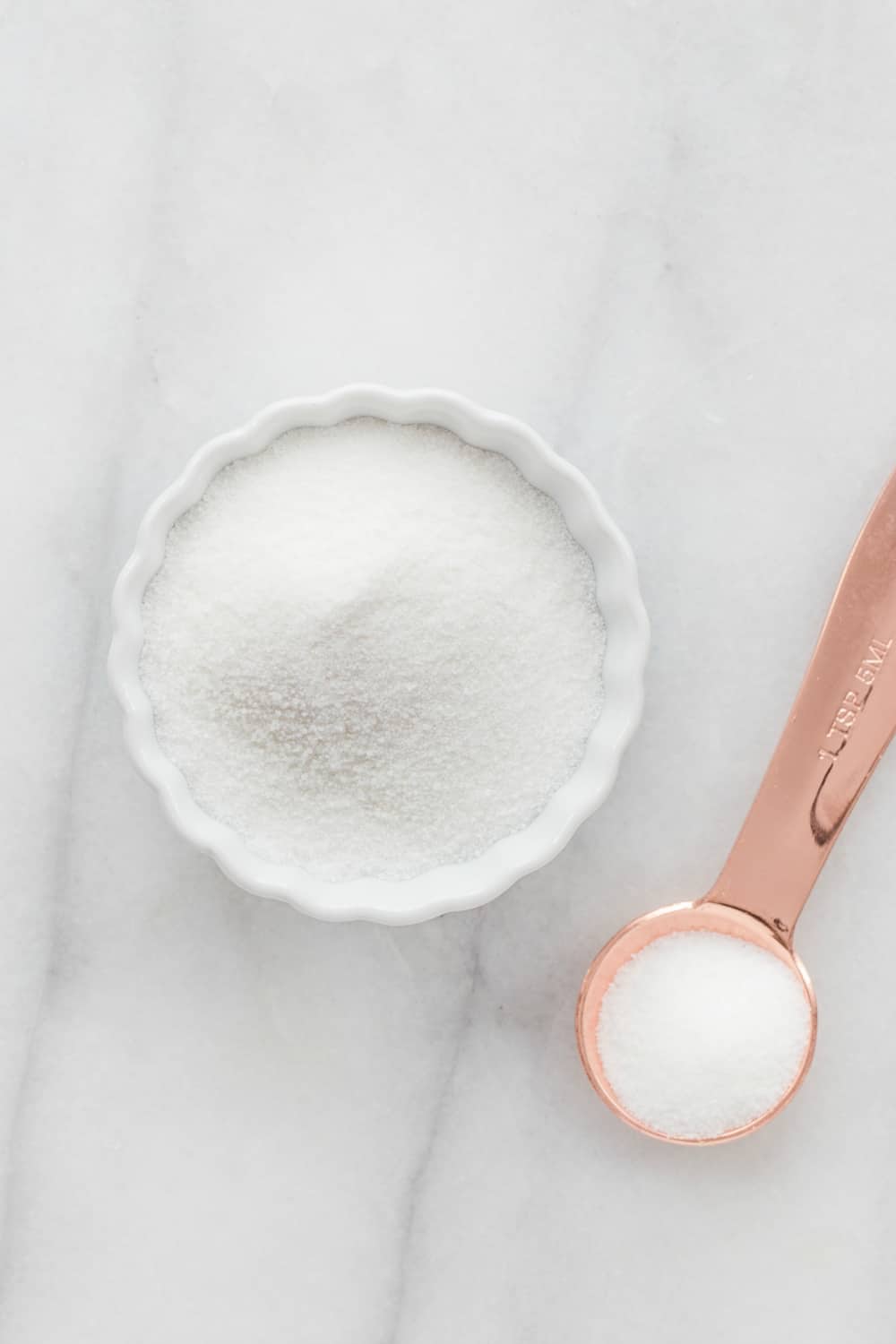
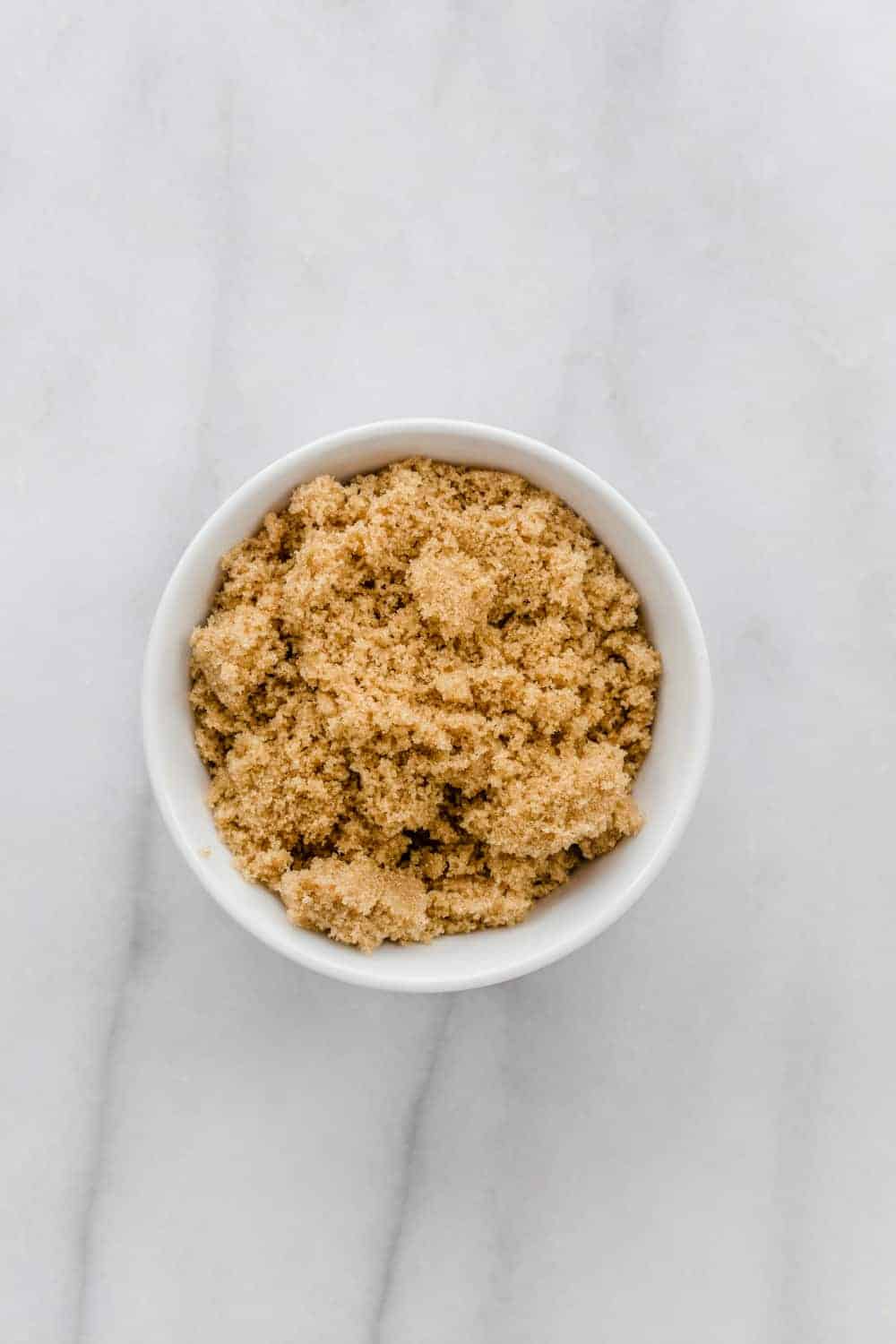
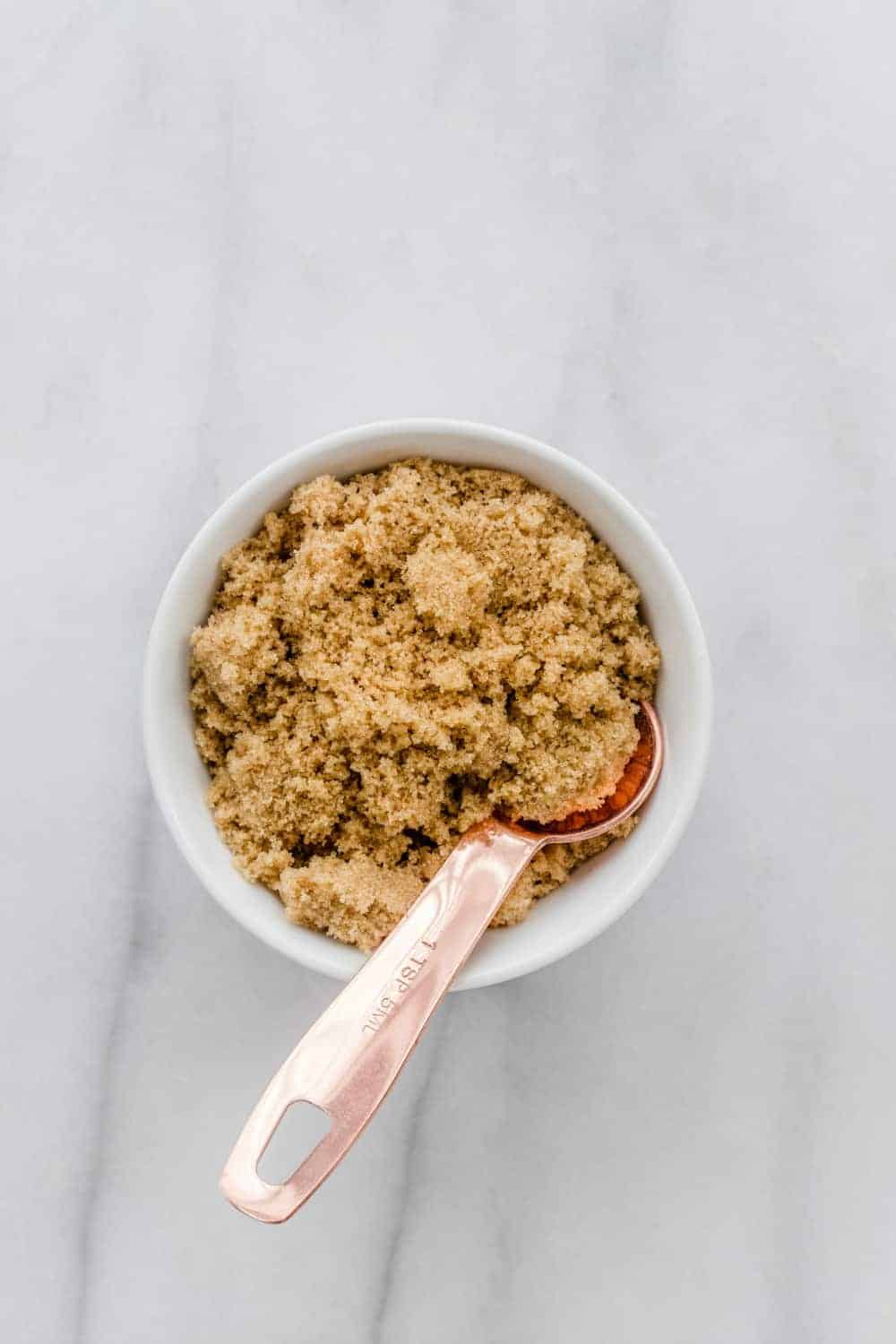
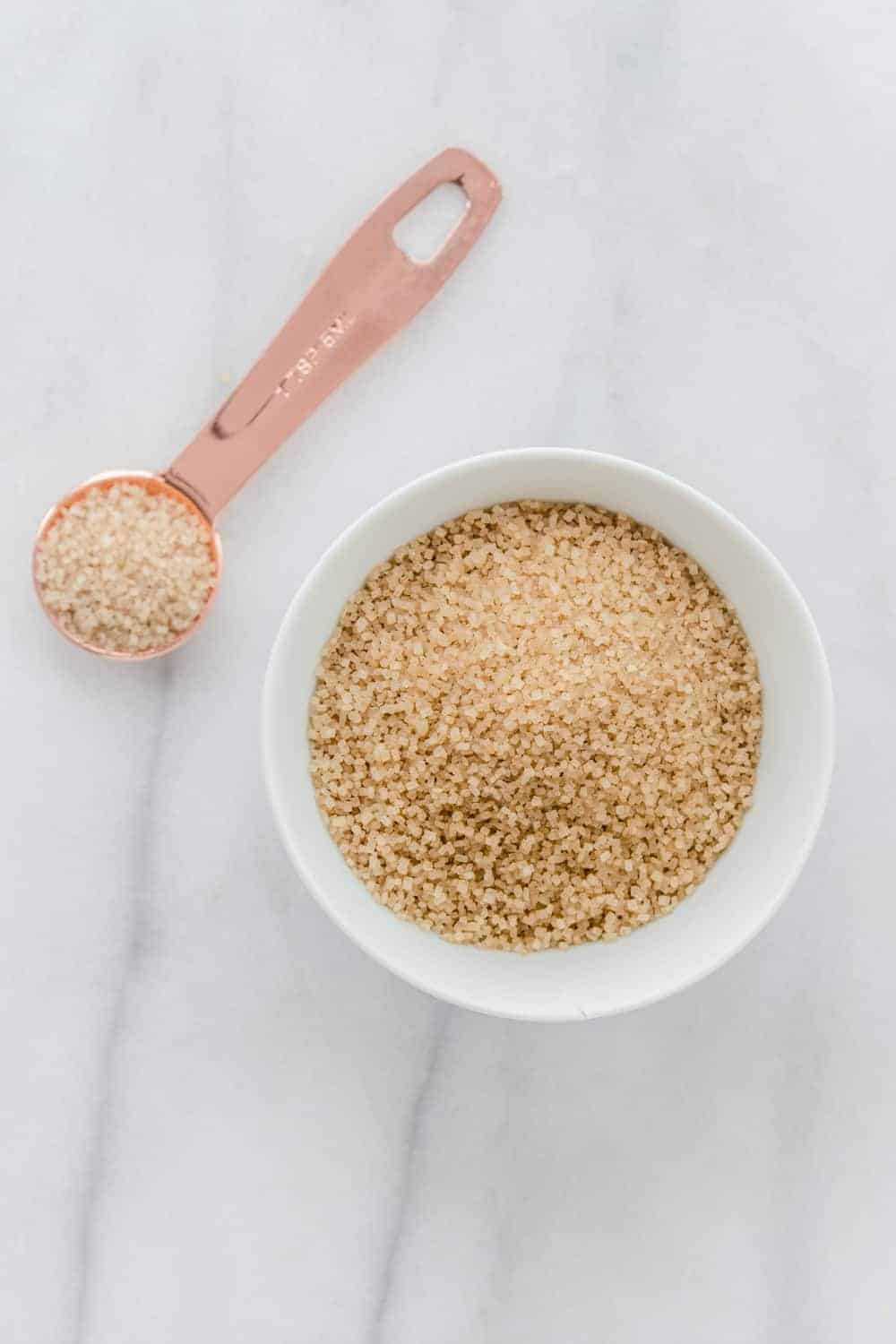
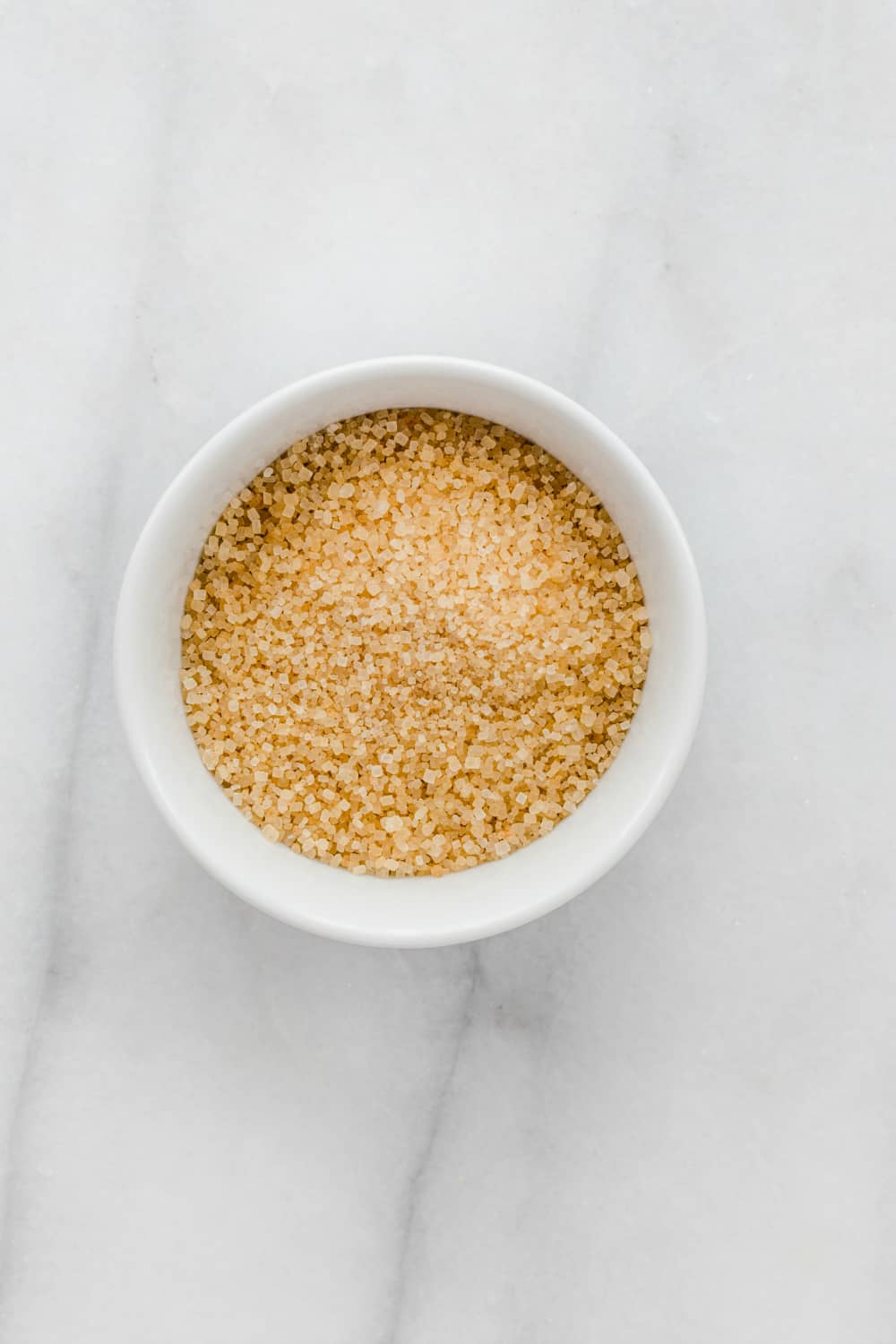
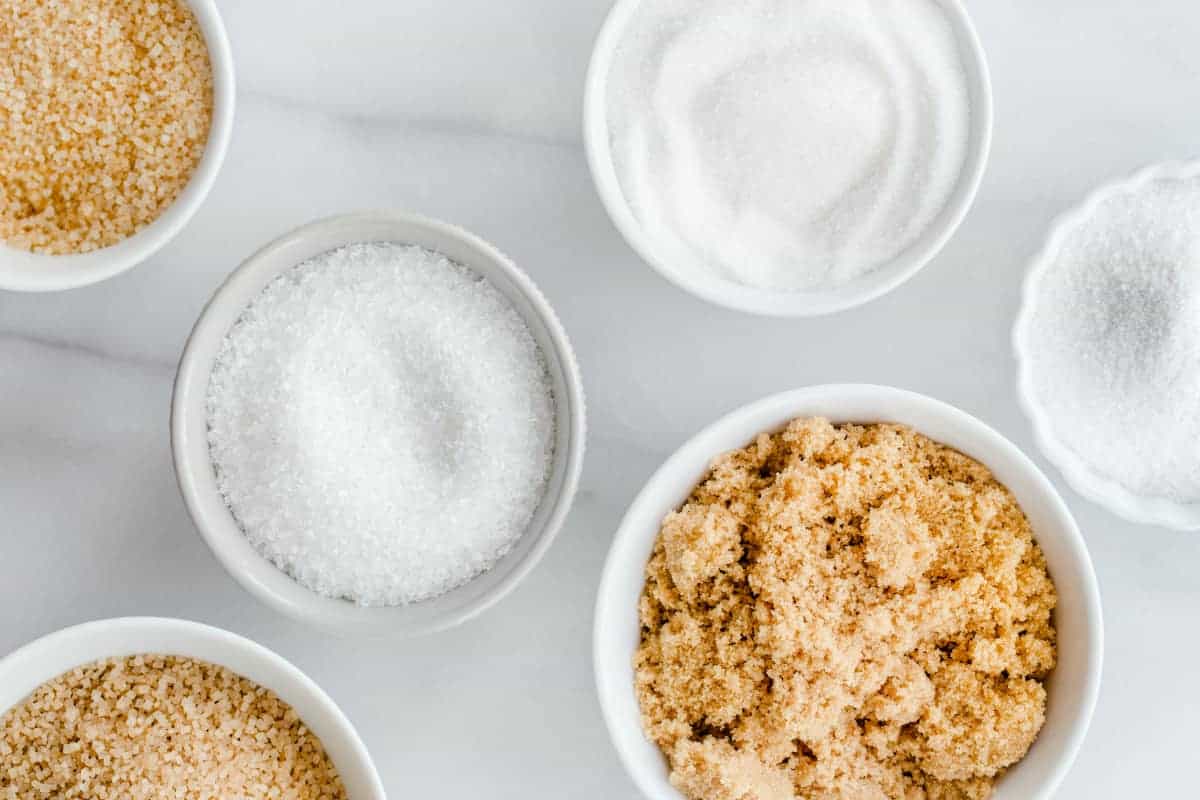









Hi…I have been noticing the use of powdered sugar in some shortbread recipes…I have always used granulated…what would be the difference, and which might get me the best result…thanks
Hi, Kathleen! I feel the texture is better with the powdered sugar. Let me know if I can help with anything else!
Hi Jamie, I know this may sound weird, but what is your last name? I am doing a science experiment involving changing the types of sugars in a recipe (I’m in 10th grade), and I’m referring to this article in my research paper, and in order to cite it properly I need your last name. If you’re uncomfortable releasing this information, I understand and can easily use a different website. Thank you!
Not a weird question at all, Katie! My last name is Lothridge. Your science experiment sounds fascinating. Good luck!
thank you for this question. thanks Jamie. i need this one too. thanks for posting this. we have baking technology in college and we evaluated the physico-chemical properties of sugar used in baking. thanks a lot. i will use this as my reference and i want to cite this one properly as well. i thought of using anonymous at first because you don’t have surname posted in this site. God bless
Glad to be of help!
How do I post this to Pinterest ? And may I? Thank you.
Hi, Starthys! You can save anything on my site to Pinterest! Here’s the pin for the Fundamentals: Types of Sugar. I hope this helps!
THANK YOU , VERY USEFUL FOR TRANSLATING US RECIPES FOR UK
You’re welcome, Yvette!
Thank you for writing this! I’ve been wondering what the differences between all these sugars were. Trying out new recipes I could not for the life of me figure out the difference between icing, powdered and confectioner’s sugars. Turns out they’re all the same, ha!
I’m glad this helps, Jackie!
No one could tell me what the huge grains of sugar are called so that I could buy them. Now I know, COARSE sugar. Thanks! Costco used to put it on top of their apple pies but I guess someone complained and now they don’t use it anymore. :-(
You’re welcome, Summer! I happen to love coarse sugar on top of pies!
I wondered if using grams of granulated sugar will it be the same for bakiNg
Hi, Carrie! I’m not sure what your question is. Can you give me a little more information? I’m happy to help as best as I can!
Thank you for posting about sugar…even though I am here a year later — still my problem keeps popping up. Why is it that my Royal icing…which nearly every sugar cookie recipe calls for as a frosting… always tastes like chalk, no matter which confectioner’s sugar I use or what flavoring I try to add? Generally, I am using meringue powder and confectioner’s sugar with either vanilla or lemon juice, but I have tried other flavoring ingredients with the same disastrous results.
Hi, Julie! Not everyone enjoys the taste of royal icing. If you Google “alternatives to royal icing,” you’ll find a lot of different recipes that you might like better. Good luck!
First of all, I just found your blog and think it’s great!. As a professional, I loved the quick, understandable information on the different types of sugars. I noticed you mentioned home made brown sugar but you can also make superfine and powdered. Superfine, or baker’s sugar can be made by putting it in a food processor and processing to make smaller crystals. Powdered sugar can be made by putting sugar in a blender and blending it to break it down further. Be prepared for a cloud of sugar to rush out when you take the cover off the blender. In either case, do a cup or two at a time for best results.
I am in the processor gather information on new blogs I have found and loved. Your’s will be in that list. I’ll let you know when it goes up.
Thanks for visiting.
-Jamie
Wow, I never knew that there was such an abundance of different types of sugar. With this information I can now completely expand my baking ability and my pallet to a whole new arrangement of flavors. Sugar truly is the building blocks of all baking recipes and I am glad there is someone out there with such a passion and knowledge for it as yourself. I will be reading and blogging quite more often on these posts as you have peaked my interest and curiosity on the subject. I am sure you will bring forth a whole new world for me.